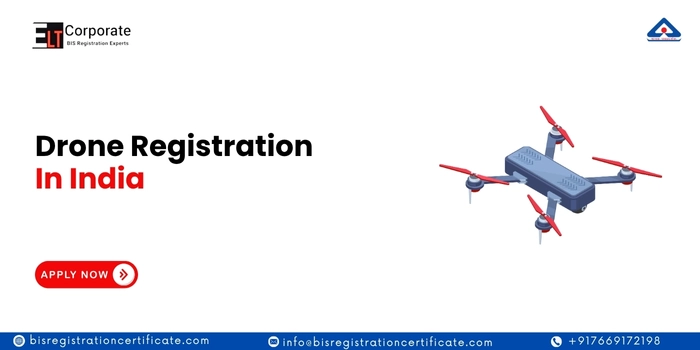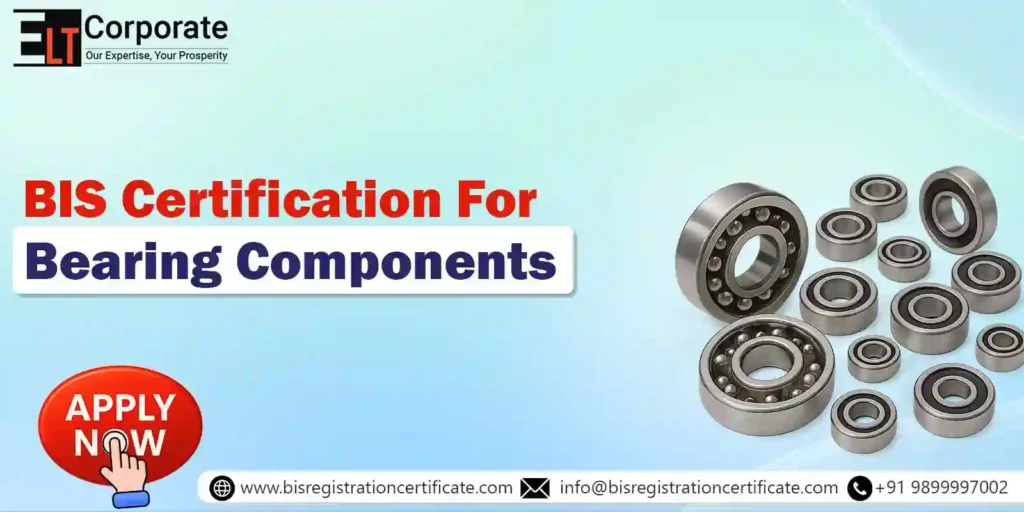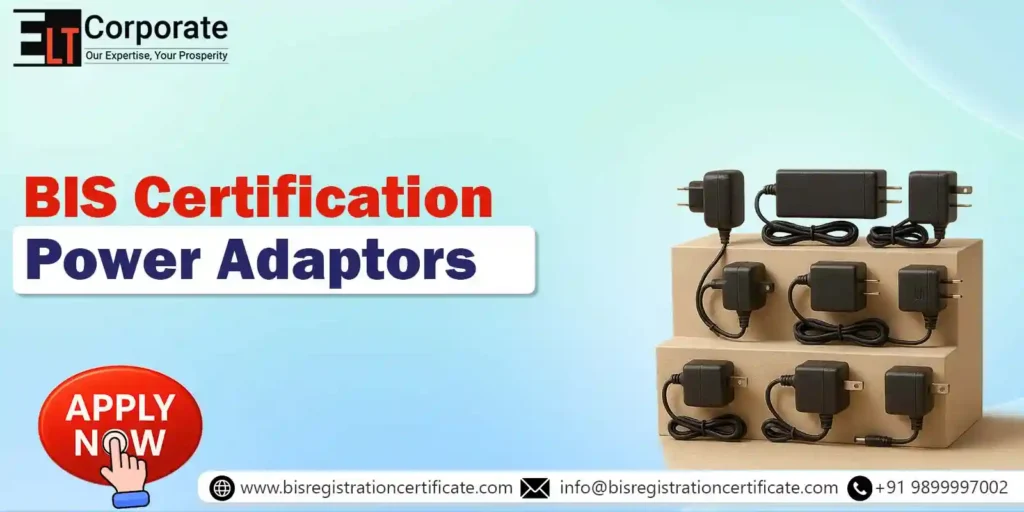Drones have become more common in India. People use them to take photos, make deliveries, and even help during disasters. Because more people are flying drones, the Indian government has made rules to keep everyone safe. One important rule is that most drones must be registered before you can fly them.
Registering your drone helps the government know who owns which drones. It also helps stop people from using drones in the wrong way. If you want to use a drone for fun or work, you need to understand how to register it. This blog will explain the simple steps for drone registration in India, the rules you need to follow, and why registration is important.
Drone Rule 2021
In accordance with the Drone Rule 2021, operating an unmanned aircraft system (UAS) in India is permitted only if the UAS possesses a type certificate and is registered on the digital sky platform, unless specifically released from the detailed requirements outlined in these rules.
Drone regulations in India apply to individuals who own, possess,contract, operate, transfer, or maintain an unmanned aircraft system within the country. These regulations also includes all registered UAS and those currently in use within or above India’s airspace.
Why Register your drone?
Registering your drone is not just a legal requirement, but also step toward safer skies. Registration helps authorities track drone activities, ensures responsible usage, and enables quick identification in case of accidents or violations. It also fosters regulatory compliance and supports the safe integration of drones into India’s airspace.
Who Needs to Register?
In India, drone registration is governed by the Drone Rules, 2021. These rules stipulate that most drones must be registered and assigned a Unique Identification Number (UIN) through the Digital Sky platform before operation.
- All drones weighing 250 grams or more must be registered online through the Digital Sky platform and obtain a Unique ID Number (UIN).
- Nano drones (below 250 grams) are exempt from registration, but must still follow basic safety rules.
Categories of Drones and Registration Rules
UAS have been categorised based on their maximum total weight, including payload, as follows:
| Drone Category | Weight Range | Registration Requirement | Key Flying Rules |
| Nano | < 250 grams | Not required | Fly below 50 feet, within line of sight |
| Micro | 250g – 2kg | Online registration mandatory | Fly below 200 feet, avoid populated areas |
| Small | 2kg – 25kg | UIN required | Fly below 400 feet, VLOS, airspace permission |
| Medium | 25kg – 150kg | Permissions required | Pilot license may be needed, specific permissions |
| Large | > 150kg | Permissions required | Pilot license and permission for each flight |
Documents required for registration of a drone in India:
The following documents shall be required for drone registration in India:
- Documents confirming the Indian legal entity of the manufacturer (RC/Trademark)
- Documents relating to authorisations and permissions required as per Central Government Rules and Regulations.
- Equipment Type Arrival for UAS (Drone)
- Detailed drawing
- Design appraisal
- Analysis and test reports (Ground tests / Flight tests)
- UAS Flight Manual / UAS logbook/manufacturer’s operating manual
- Maintenance Manual
- Maintenance Inspection Schedule
- Other relevant reports
Process for Registering Drone in India:
The process of drone registration in India is as follows:
- Account and profile creation: A account and profile shall be created on the Digital sky platform for the person who plans to obtain a type certificate.
- Prototype details submission: After profile creation, the Applicant will log in to the Digital sky platform and fill in the details of their prototype UAS model in the application form.
- Application and fee submission: The applicant shall have to pay the fee and complete the submission of the Application for Type Certificate (Form D-1) and required documents for the phototype unmanned aircraft system as specified therein.
- Testing of prototype UAS: After receiving application, a selected authorised testing entity will contact applicant and test the equipment to verify any compliance requirements. The authorised testing entity shall review the proposal and submit the test report, along with their recommendations, to the Director General.
- Review and Grants of Type certificate: Based on the test report and the recommendations received from QCI ATE, the DGCA shall review the application and, If satisfied, issue to the applicant a type certificate for the specific type of unmanned aircraft system.
Remote Pilot License
A remote pilot license is required to operate an unmanned aircraft system. Drones may only be operated by a person who is registered on the Digital Sky Platform and holds a valid drone pilot license. A remote pilot license shall specify the category, sub-category, and classification of the unmanned aircraft system or combination of these for which it is issued.
Eligibility for Remote Pilot License:
A person may obtain a remote pilot license if he
- Is 18 years of age or above
- Has passed tenth class examination
- Has completed the training from any authorisation remote pilot training organisation.
Documents required for remote pilot license:
Following are the documents required for a drone pilot license:
- ID and address proof
- Latest photograph
- Aadhaar number
- Training organisation detailed
- UAS details
Procedure for obtaining a remote pilot license
The procedure for obtaining a drone license is as follows:
- Training of pilot: any person who wants to obtain a remote pilot license for a drone shall complete the training and pass the test conducted by the authorised remote pilot training organisation.
- Application Submission: After training, the remote pilot training organisation shall apply for a remote pilot license in Form D-4 on the Digital Sky Platform, along with the fee, and provide information about the individual who passed the test.
- Grants of Remote pilot certificate: Upon successful submission, A remote pilot certificate will be issued via the Digital Sky platform.
- Grants of Remote Pilot License: The Director General shall issue the remote pilot license through the Digital Sky Platform within fifteen days of the date of issue of the remote pilot certificate.
Key Points and Recent Updates
Here are the recent key updates:
- No Permission, No Takeoff (NPNT): Drones must obtain digital permission before each flight via the Digital Sky platforms.
- Airspace Map: Use the interactive airspace map on Digital Sky to check permissible flying zones (greens, yellow, red)
- Update Serial Numbers: If you replace major drone components, update their Serial numbers on Digital Sky within 7 days
- Fees: Registration and Training fees can range from Rs 50,000 to Rs 1,05,000, depending on the RPTO and drone category.
Conclusion
Registering your drone in India is straightforward, thanks to the Digital Sky platform, but it’s essential to follow all steps all steps to avoid penalties and ensure safe flying. As Drone technology evolves, staying updated with the latest DGCA guidelines is key to enjoying your drone adventures legally and responsibly.
Do We Need To Register A Drone In India?
Yes, all drones except non-commercial nano drones (≤250g) must be registered on the DigitalSky platform with a UIN.
How To Register A DJI Drone In India?
To register a DJI drone in India, sign up on the DigitalSky platform, fill in drone details, upload documents, and get a UIN. Drones over 250g also need a Remote Pilot License and NPNT compliance.
How much does it cost to get a drone license in India?
Drone license training in India costs ₹35,000–₹1,00,000 plus ₹500–₹5,000 for registration; the license is valid for five years.








